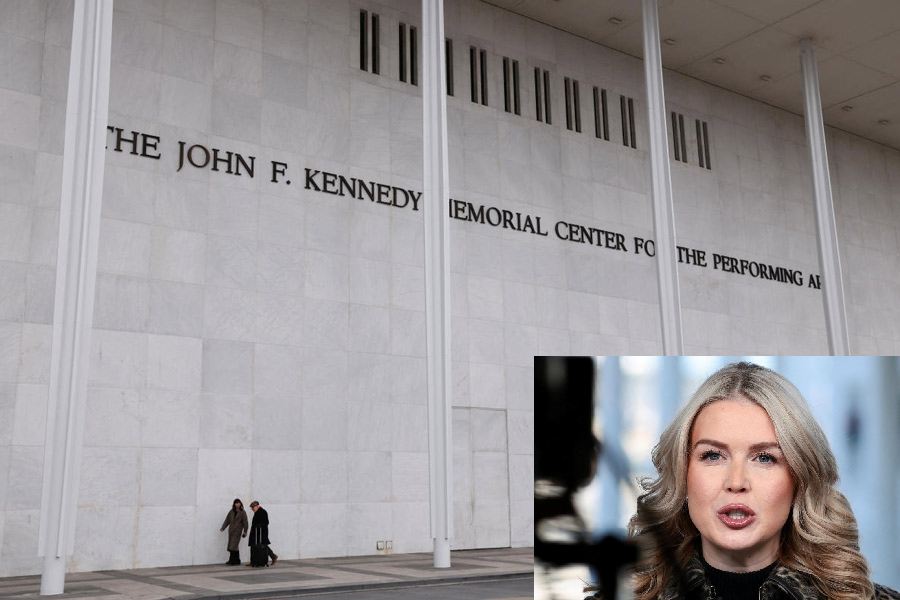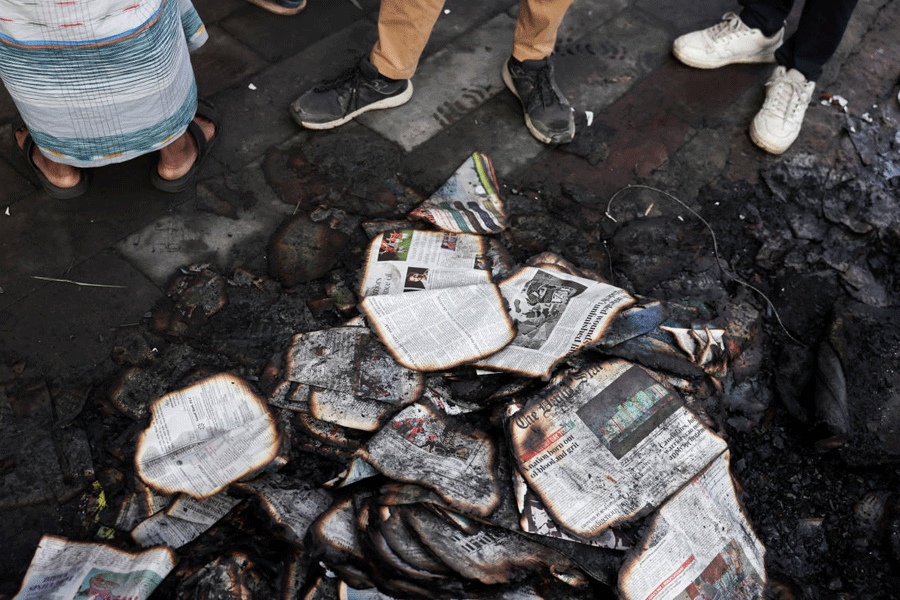 |
| Barecharia Bhaona in Jamugurihat |
The Northeast has a colourful cultural landscape with an endless array of traditional folk and other ritualistic art forms. Ankiya bhaona deserves a place of pride among traditional Vaishnavite drama forms due to its distinctive tradition and style of performance. Bhaonas are staged in the Namghar, in a satra or a village community festival. Srimanta Sankardev incorporated several preliminaries in the tradition of Sanskrit drama such as Nandi, Prarochana and Prastavana in the bhaona.
The two distinctive forms of community bhaona festival — the Hazari bhaona of Koliabor/Hatbor and the Barechaharia bhaona of Jamugurihat — are quite similar to each other, though they originated at different points of time. Barechaharia bhaona is a community Bhaona festival that has few parallels in the country. It is a unique form of Bhaona performed in the Jamugurihat region of Sonitpur district. It is unique both in respect of staging and performances. Barechaharia bhaona is held at every five years’ interval during Chaitra purnima and continues for three to four days. The Bhaona is staged in a festive mood on different open stages called kholas instead of in namghars. Nearly a dozen kholas are erected on open fields and the Bhaonas are held simultaneously at all the kholas. The main mandap of this Bhaona looks like a replica of lotus seed, which is decorated with straw, bamboo, coconut and betelnut leaves. Right at the centre of the mandap, the Bhagawad Gita is placed on a raised platform. Around the main mandap, approximately 21 to 25 stages or kholas are erected, each of which is an exact replica of a lotus leaf. The preparation of Bhaona is done in a festive mood and right from the decoration of mandaps to the actual staging of the Bhaona, it is completely a community affair.
Barechaharia bhaona is generally held in the dry season. A part of the paddy field is cleared to prepare the ground and make the stages. Twelve plays are produced in the large mandap that consists of a central circular or 12-sided ground plan covered by three terraced structure at the centre and 12 constituent mandaps, all radiating out from that central structure. At the centre of the structure the Bhagawad Gita is kept on a high pedestal. The constituent mandaps are built each by a village or group of villages who will put up a Bhaona. The performances in all the mandaps start at the same time with jora or gayana-bayana and sutradhar appear in all the kholas. The villages, which participate in the Bhaona, are allowed to select a drama, or an Ankiya nat without any association with the performance put up by the other villages.
In historian Liladhar Bora’s book entitled Oitijyamondita Koliabor, the Barechaharia bhaona is portrayed as a form of drama, which had taken up the style of Hazari bhaona of Koliabor. Hazari bhaona originated much earlier than that of Barechaharia bhaona but it was nearly extinct for more than 50 years. Barechaharia bhaona on the other hand, since its inception, survived the threat of extinction and is still sustaining itself as a living performing art. Credit goes to Sonit Konwar Gajen Barua for popularising this unique form of Vaishnavite drama. Educationist Pradip Bhuyan of Jamugurihat asserts that Barechaharia bhaona originated around 1795 AD but it has got recognition at the national level only since 1949.
The Barechaharia bhaona and the Hazari bhaona of Koliabor region are similar to each other in more ways than one. First, participation and co-operation of at least a thousand people in the organisation and celebration of both forms of bhaonas is noticeable. However, the Bare-Goiya bhaona of Nonoi Potani, Committee bhaona of Raha-Marigaon region and Bare-goiya bhaona of Koroiwani were also all held with the participation and co-operation of at least a thousand people. Second, the style of staging of both the Hazari bhaona and Barechaharia bhaona are similar since in both the bhaonas, several plays are staged simultaneously in separate stages erected specially for this purpose.
Bhaona legacy
The Hazari bhaona is said to have originated tentatively around the fifth decade of the 19th century. The first Hazari bhaona was staged in Sakmuthi hazar of Hatbor region and later on, it was staged in Koliabor hazar in a much wider area where about 14-18 stages were erected to hold bhaonas simultaneously. Late Muktiram Barua and Ramakanta Barua were the founder of this unique form of bhaona. After the demise of Muktiram Barua, the great Hazari bhaona tradition of Koliabor lost its firm ground and veered towards extinction. Since 1948, the Hazari bhaona was lying dormant for nearly 52 years.
In the new millennium, one of the most important socio-cultural organisations of the Koliabor region, Hatbor Kendriya Natya Samaj, in their effort to revive the near extinct Hazari bhaona, had organised Hazari Bhaona Utsav 2000 on March 5-6. Centring the main stage, four kholas were erected. On the first night of the play, Pashaparba of Mahabharat, Dakshya Yagna, Rajasuya Yagna of Yudisthir and Bir Birendra Kesari dramas were staged simultaneously in four separate kholas under the auspices of fourteen villages. On the second day, Shyamantak Haran, Khestrabahu Badh, Sita Haran, Bali Badh and Jarasandha Badh bhaonas were staged in four kholas, which were organised by four hazars (villages consisting of at least a thousand households). The festival got tremendous response from villagers from far off places apart from the local villagers. The laudable venture by the Hatbor Natya Kendra renewed the hope of local bhaona enthusiasts regarding the rejuvenation and revival of the Hazari bhaona, which was so much a part of the cultural backbone of the region.
With the growing threat of cultural invasion, particularly from the electronic media, all possible measures should be initiated at the earliest, if these unique forms of performing art are to be saved from sinking into oblivion. The intangible cultural heritages like the Hazari bhaona and Barechaharia bhaona, which are of non-profit nature and are performed both as a part of festive celebrations or solely for the villager’s entertainment, are essentially community endeavours and therefore can be sustained by the community alone. Studies have revealed that in the Koliabor region, efforts to revive the Hazari bhaona, though on a smaller scale have got tremendous response from all the neighbouring villages as well. A significant section of villagers comprising mainly of youths is however, openly opposed to the idea of revival of this Bhaona, which is acting as a dampener. This section has termed the whole effort as wastage of time and energy. It is imperative for the ministry of culture to lend support to the village folk, particularly the youths of Hatbor Natya Kendra, in overcoming the threat and difficulties faced in their effort to revive the bhaona, which would boost their morale and revitalise their enthusiasm.
Collective support
On the other extreme, living-performing art like the Barechaharia bhaona, owing to its evolving character, cannot always be directly protected. A cultural co-ordination body or National Folklore Council may be set up on an interdisciplinary basis where there would be provisions for interaction and representation by various interest groups. Moral and economic support for institutions and individuals who are cultivating, promoting and imparting training of bhaona can greatly help in sustaining these bhaonas in the long run.
Art and culture are human ends in and of themselves. Thus, long after all consumer goods are consumed and all capital goods depreciated, societies are remembered by their art, not by the performance of their economies. To be an end in and of itself, however, art and culture must be deeply rooted in human behaviour. In this context, the sincere and wholehearted effort made by the people of Jamuguri and Hatbor region towards revitalisation and protection of these endangered traditional performing arts is indeed commendable. It is an indicator of cultural orientation of the people of these two regions. What these two communities need at this juncture is patronage and support from all quarters to carry on their laudable effort.











